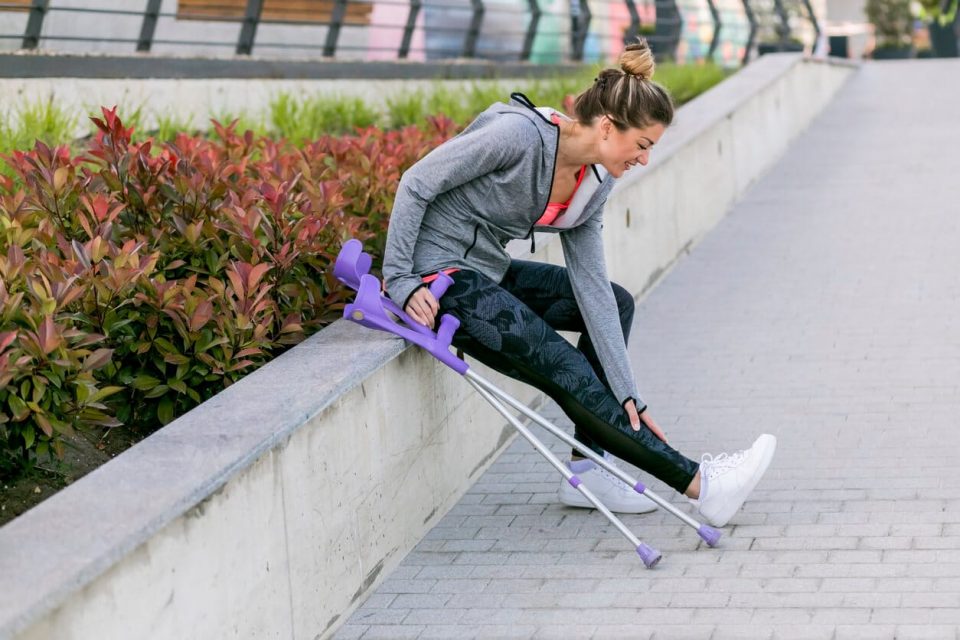If you break a bone in your foot or leg and have a procedure on your lower leg or knee, or suffer a stroke, your doctor can recommend that you use a walking aid while recovering or healing. Using crutches, a walker or a cane can help your weight off your weak or injured leg, and assist you with balance. This way you can perform your daily activities in a safer manner. It is quite beneficial for people to not only restore their mobility but also live their lives independently.
Crutches are a useful tool, if you are required to keep weight off a lower extremity completely like the ankle, hip, foot, or knee after surgery or still need to recover from an injury. You have to properly balance some upper arm strength, and two hands are needed to safely walk with crutches.
Crutch Type
There are 3 types of crutches:
- Underarm or Axilla crutches
It is a lightweight aluminum crutch that is available in 3 sizes, with handgrips and a padded top along with rubber tips for added stability. The design includes an axilla bar, hand-piece, and double uprights distally joined by a single leg. Their height is adjustable, both the handgrip and overall height can be adjusted.
- Gutter crutches
These crutches are also known as adjustable arthritic crutches, or forearm support crutches. It is an additional kind of crutch that is composed of padded forearm support that is made up of metal, a strap, and an adjustable hand-piece having a rubber ferrule. Such types of crutches are often used for patients who are weight-bearing partially, and specifically useful for people with rheumatoid conditions as well.
- Forearm crutches
They are also known as elbow crutches or Canadian crutches. Basically, their design includes a forearm cuff, a single upright, and a handgrip. The form arm crutches’ height is indicated from the handgrip to the floor.
Measurement of the crutches
It is important that the crutches are measured as well as adjusted to suit each patient they are handed over to. However, the incidence of any adverse event related to using crutches is low, but a series of medical complications may occur. By adjusting the device to fit properly, the user can reduce adverse events.
How to use crutches
Before you start using crutches, your physical therapist, doctor, or nurse will show you how to perfectly adjust the crutches, so they are set at the proper height for you. When a patient is using it for the first time, they must not do so without the right instructions, and to be safer take the help of a trained assistant.
If you are using only one crutch, the technique for walking begins with placing the crutch under your arm that is opposite your weaker leg. You need to move the crutch along with your weaker leg forward at the same time, followed by taking a step with your stronger leg.
If you are looking for a wide variety of crutches, contact Vital Living today. To buy or hire, you can browse their amazing range and even shop online, or visit their store.

